What is a Second or Assistant Photographer?
What Does a Second Photographer Do at a Wedding?
Pre-Wedding Prep: How to Get and Stay Ready
During the Wedding: Key Moments and Supporting the Lead Photographer
Handing Challenges: Troubleshooting on the Fly
Post Wedding Responsibilities
Embracing the Role of a Second Photographer
Stay Connected and Learn More
Hey there, photogs! So you’ve landed a gig as a second photographer—whether it’s your first wedding or you’re adding another notch to your camera strap, being a second photographer is an incredible opportunity to learn, grow, and capture some stunning moments. Second shooting is a great chance to spread your creative wings for new, daring, and non-routine wedding day frames. Buuuuut it’s not just all dreamy shots and perfect lighting. It comes with its own mix of challenges and responsibilities.
So, let’s dive into what it takes to be a rockstar second photographer! From understanding your role to prepping like a pro to nailing those candid shots, I’m here to guide you through every step of the process. I’ve spent more than my fair share of time as an assistant photographer, so I’ll be sharing all the tips and tricks I’ve learned the hard way so you won’t have to!
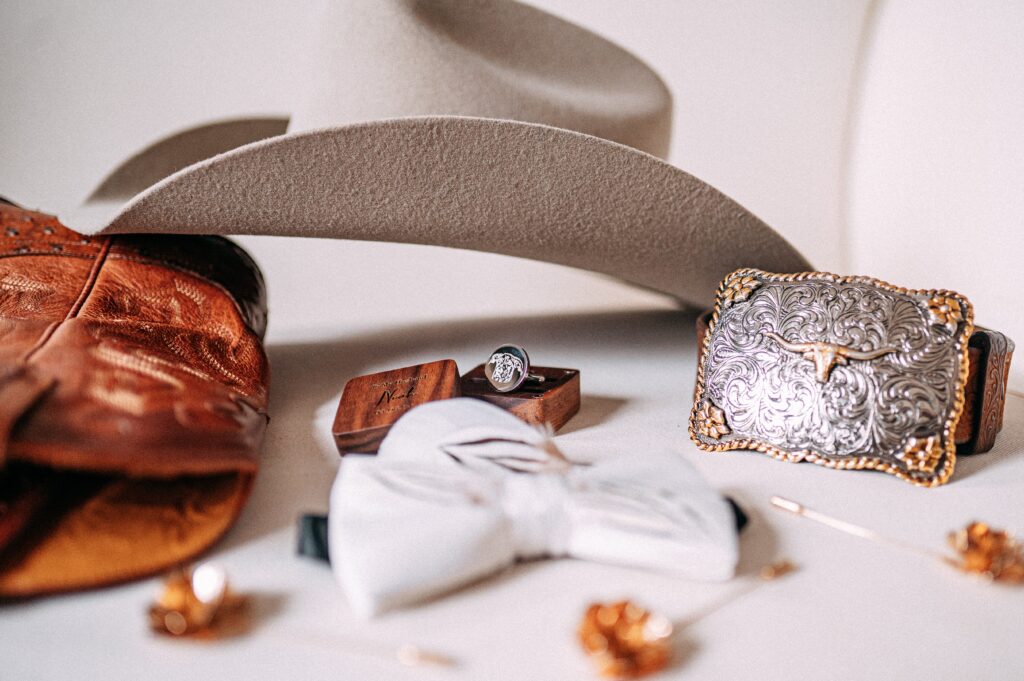
What is a Second or Assistant Photographer?
Jumping in, let’s talk about what it actually means to be a second photographer at a wedding. Think of yourself as the Robin to the lead photographer’s Batman—there to support, assist, and capture those extra angles that make the final gallery magical.
Your job is crucial. You’re not just an extra set of hands; you’re an extension of the lead photographer’s vision. It’s all about teamwork, communication, and a keen eye for detail.
And let’s not forget—chances are you’re second shooting because you want to be that main wedding photographer one day. Most of us start out this way and being a great second shooter is a surefire way to build a stunning portfolio, network with other professionals in the industry, and show clients that you can put your money where your mouth is when it comes to creating gorgeous memories of their big day.
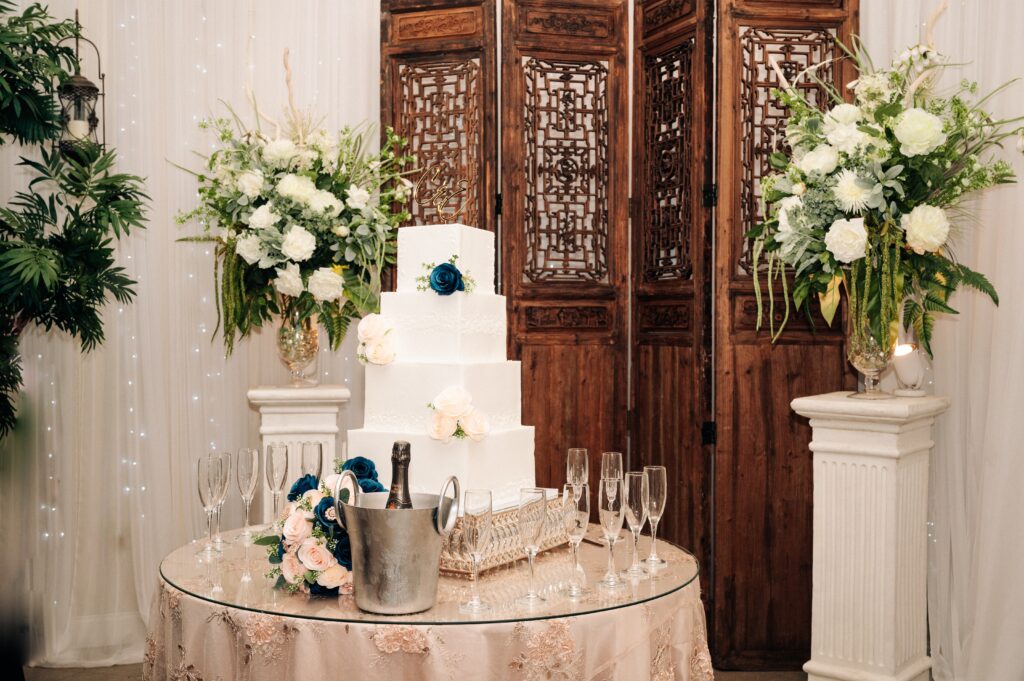
What Does a Second Photographer Do at a Wedding?
Now that we’re all on the same page, let’s get into the nitty-gritty. More than just taking photos, you are – and I can’t stress this enough – a key element of success for the day. You’ll be capturing those extra angles and candid moments the main photographer cannot, gathering family members and the bridal party for group photos, and acting as the all-around right hand man for your lead photographer.
But how do you do this well? Let’s talk about it!
1. Getting the ‘Quiet’ Shots: Some of the best moments during a wedding or ones most people don’t see. Your job is to be that secret eye – watch for tears in the father’s eyes, a cheeky wink from the best man, the bridesmaids hand holding a tissue because she knows! These quiet moments add so much depth to the final album.
2. Capturing Alternative Angles: Capturing different angles is your chance to bring a fresh perspective to the wedding day. While the lead photographer is focused on the main event, you can get creative—think about shooting from higher or lower vantage points, or finding a unique angle that tells the story differently (a side photo of the vowels, a close-up of the couple’s hands during the ceremony). This is your chance to be creative, so try something new because you never know when it may be the best shot of the day!
3. Cover Different Parts of the Event: Another key job of the assistant photographer actually happens outside the periphery of the lead. This typically happens at two distinct points during the wedding day. While the lead photographer is with the bride getting ready, you’ll be with the groom, capturing him getting ready with ~the boys~. Later on after the ceremony, your job is to dip quick and head to the reception area. Here, you’ll be capturing the venues set up, including table decorations, anything unique for the couple (signs, gifts, etc) and the wedding cake.
✨Extra Bonus Tip ✨
Sometimes you will also split during the reception as the bride and groom greet people. If the couple is doing so separately, the lead photographer will follow the bride, whereas you will follow the groom.
4. Be Punctual and Reliable: Punctuality and reliability are two qualities that can make or break your reputation as a second photographer. Showing up on time—or better yet, a little early—gives you a chance to get settled and scope out the venue before the action starts. It’s not just about being there; it’s about being ready to step in whenever needed, without missing a beat. When the lead photographer knows they can count on you, it builds trust and sets the stage for a solid team.
5. Stay Adaptable: No two weddings are the same, and things don’t always go according to plan. Actually, most of the time the plan becomes about 3 different plans over the course of the day. This is one of the things that makes wedding days so exciting and fun, but to have fun with it you need to stay adaptable. Be ready to pivot and stay calm. Plans change, but they have a funny way of working out in the end every time.
6. Assist the Lead Photographer: Assisting the lead photographer is where you can really make a difference on the wedding day. It’s about being attentive, anticipating their needs, and stepping in with a solution before they even realize they need one. Whether you’re managing the timeline, helping set up shots, or simply being a calming presence, your support allows the lead photographer to focus on capturing the magic. Remember, the more you help them succeed, the more successful the entire day will be.
✨Extra Bonus Tip ✨
When I’m a second shooter (because leads still do it too!), I constantly ask myself “If I was the main photog, what would be helpful for me right now?” Then, go do it. Remember, you want to be the lead one day? Build the habit of thinking in that mindset so when you get your first big wedding job, it’s already built into your routine for shooting.
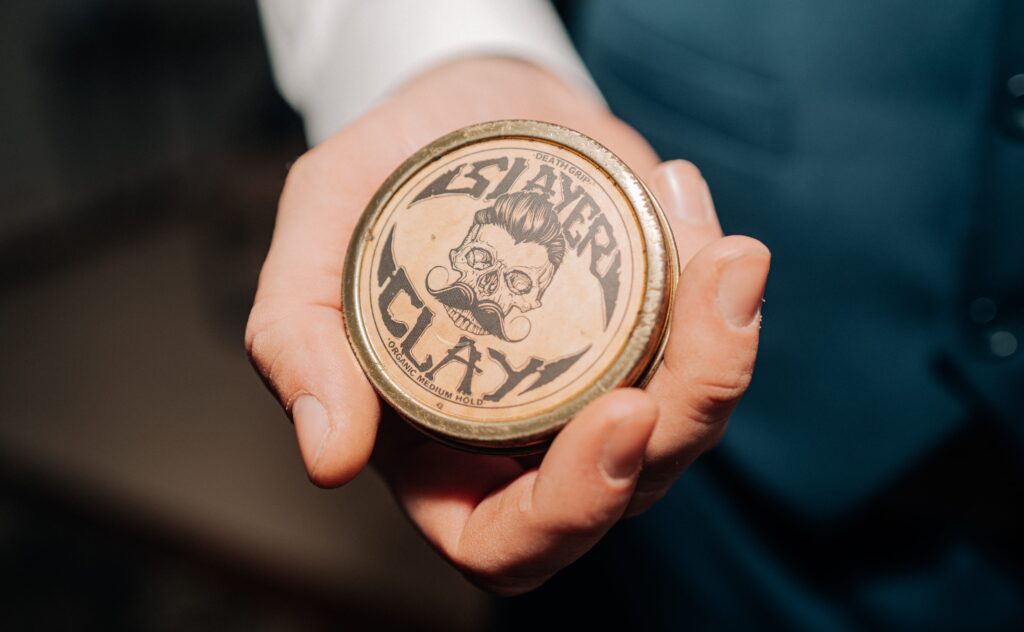
Pre-Wedding Prep: Communication and Gear Check
Before the big day arrives, good preparation is key to success. Clear communication with the lead photographer and a thorough gear check are essential to ensure you’re ready for anything the day might throw your way.
1. Communicate with the Lead Photographer: Touch base with the lead photographer well before the wedding day. Discuss the shot list, style preferences, and any specific moments they want you to focus on. This will ensure you’re both on the same page and know exactly what’s expected of you.
2. Know the Schedule: Knowing the schedule is key to staying one step ahead. Knowing the flow of the day helps you anticipate what’s coming next and makes sure you don’t miss anything important.
✨Extra Bonus Tip ✨
I always set my wedding day schedule as my lock and home screen when shooting. If you can fit it all in one photo, having it as your lock screen is great, but usually those timelines get long, so I break mine up between my lock and home screen. Check the time, check your schedule, get great photos (swag).
3. Prepare Your Gear: Preparing your gear is one of the most important steps you can take in preparing for the wedding day. Charge your batteries, format and pack your memory cards, and pack backup equipment just in case. Having everything in working order gives you peace of mind and lets you shoot with confidence. Nothing throws your mojo off than getting to a wedding and… not having cards or your favorite lens. Talk about bummer.
✨Extra Bonus Tip ✨
Normally your leave photographer will provide you cards to shoot with so they can take the cards at the end of the night. So why do I say format and pack your cards? Because remember!!! This is a great opportunity for you to build your portfolio. Use your secondary card slots as a back up (NOT overflow!!). This way both you and your lead photographer get every frame you’ve captured over the course of the day
4. Scout the Location (If Possible): If you can, scouting the location before the wedding day is a game! Changer! By visiting the venue before the big day, you can plan out the best spots for key moments and get a feel for the lighting at different times of the day. This extra step not only boosts your confidence but also helps you find the angles and hidden gems for unforgettable shots.
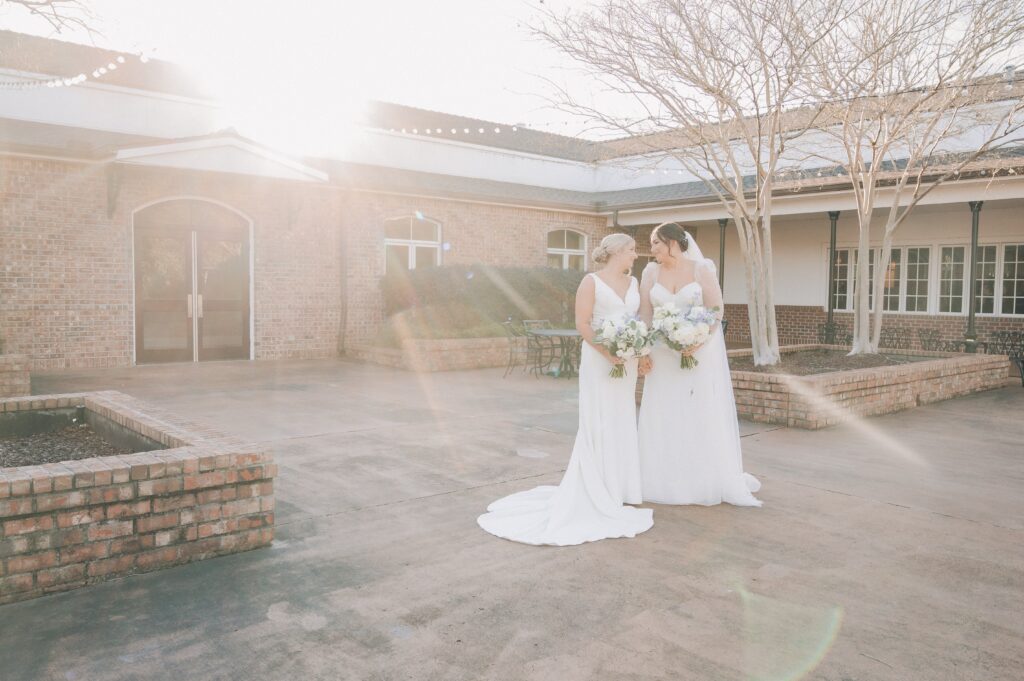
During the Wedding: Key Moments and Supporting the Lead Photographer
The big day has arrived! Now it’s time to put all that prep work into action. Your role as a second shooter during the wedding is all about balance—capturing unique shots while staying in sync with the lead photographer.
1. Capture Candid Moments: While the lead is busy with the bride and groom, your job is to capture the little moments that often go unnoticed. We talked about this above, so nows the time to keep your eyes out for little moments!
2. Stay Out of the Lead’s Shots: This one’s huge! Always be aware of where the lead photographer is and what they’re shooting. The last thing you want is to end up in the background of the ceremony kiss shot or block a beautiful moment during the first dances. 🤦♀️
3. Be Proactive but Don’t Overstep: Being proactive as a second photographer means anticipating what needs to be done without waiting to be asked, but it’s important not to overstep. Offer help, suggest shots, and be ready to step in, but always respect the lead photographer’s vision and direction.

Dealing with Challenges: Second Photographer’s Guide to Quick Solutions
No wedding ever goes exactly as planned, but part of being a great second photographer is staying cool under pressure and finding solutions on the fly.
1. Difficult Lighting Conditions: If the lighting isn’t ideal, don’t panic. Use your knowledge of natural light, bounce flash, or even reflectors to make the best of the situation. And if all else fails, get creative!
2. Missed Shots: It happens to the best of us. If you miss a shot, don’t dwell on it. Focus on capturing the next great moment instead. There’s a reason there’s two of us 🙂
3. Miscommunication: If you’re ever unsure about what the lead photographer wants, just ask! It’s better to clarify than to assume and potentially miss something important. Remember, they’re on your team just as much as you are on theirs!
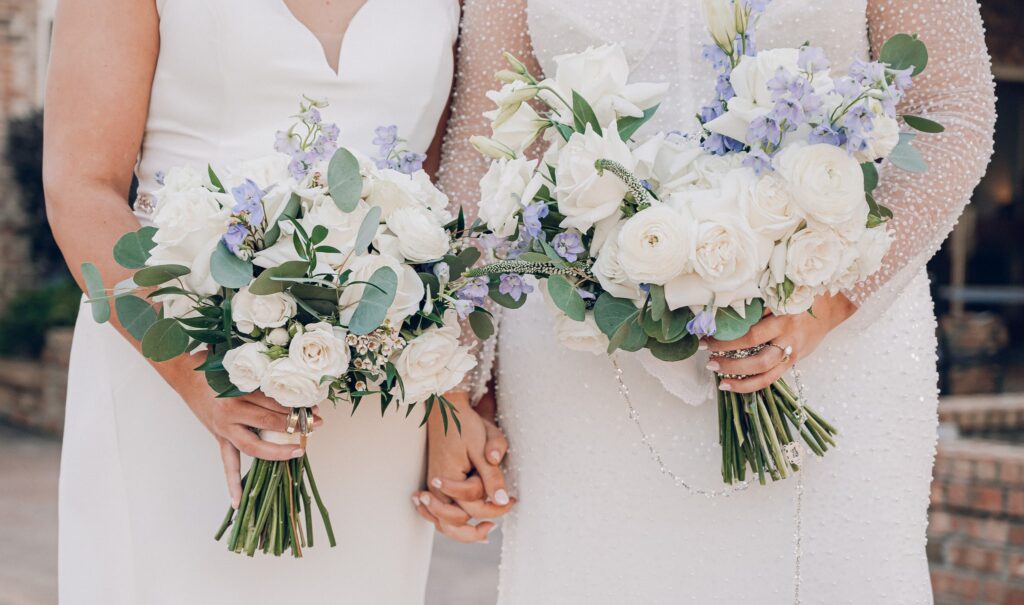
Post-Wedding Responsibilities
After the wedding, your job as a second shooter is mostly done, but there’s still some important follow-up. Typically, the lead photographer will handle the editing, often taking the memory cards to ensure consistency across the gallery. However, this gives you the freedom to edit your own copies of the photos for your portfolio or marketing. It’s a great way to showcase your work and build your personal brand while respecting the lead’s vision for the final delivery.
As well, it’s always a great idea to ask for feedback from your lead photographer following the wedding. Give them some time to go through images, but asking for constructive critiques are a great way to improve your photography or just see shooting through somebody else’s eyes!
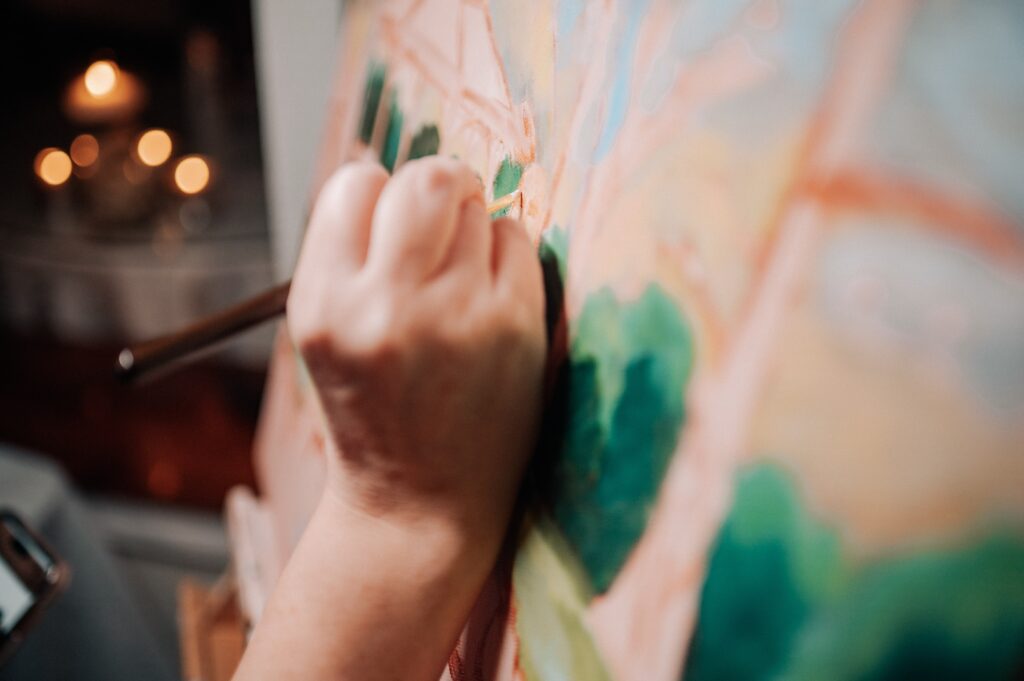
Embracing the Role of a Second Photographer
All right, you’ve done a lot of reading and learning so let’s close this out yeah?
It’s clear that being a second photographer is an incredibly rewarding role that comes with its own set of challenges and opportunities. By staying prepared, communicating openly, and taking initiative, you’ll not only support the lead photographer but also create beautiful memories for the couple. I’ve given you all of my best tips, tricks, and approaches for second shooting on wedding day, so now it’s your turn to turn on the camera and get out there! Get shooting and I can’t wait to see what you create!
Stay Connected and Learn More
If you found this guide helpful, be sure to subscribe to my blog for more tips and tricks on wedding photography! And if you’re interested in second shooting or collaborating on future weddings, send me an email or pop over to my inbox. I’m always looking to connect with other passionate photographers! 💌
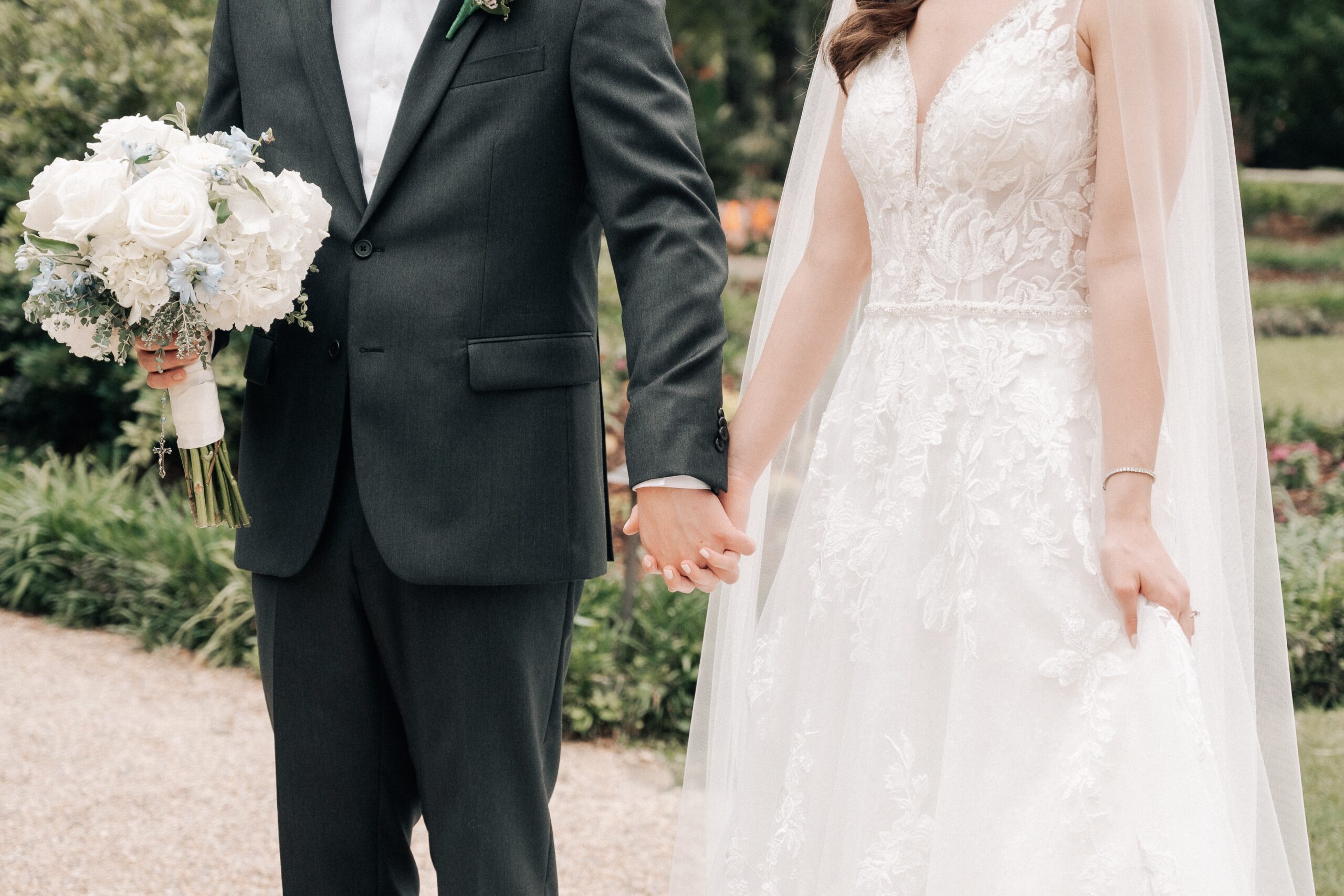
Tell me your thoughts!